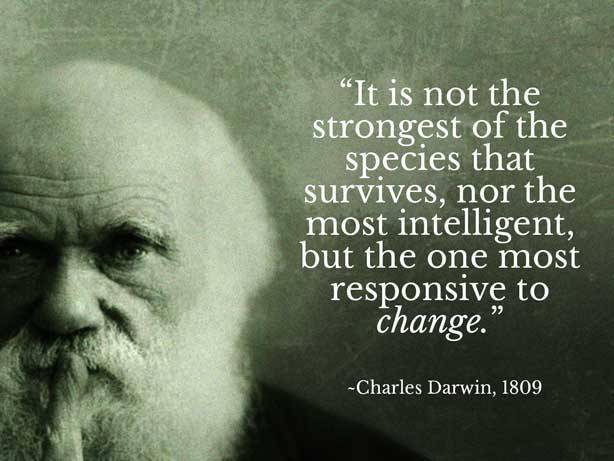Culture SHIFT
A few years ago, a group of AV professionals were discussing our industry and the culture that we’ve inherited — some of it is good and others, well, they leave a lot to be desired. So, to create change, we headed to LinkedIn and created a group to isolate several places we thought AV could improve in regards to culture. Here are the suggestions we came up with:
1) System design should be driven by customer needs — not by manufacturer relationships and incentives.
2) Control and programming needs to be intuitive, platform-agnostic and non-proprietary.
3) We should create a culture of business consulting and not technology sales.
4) Hiring practices should be changed to look for specific skill sets, and not necessarily use AV industry experience as a qualifier.
5) The industry needs to take a critical look at the impact consumer technologies will have in our evolution; we need to stop being dismissive and arrogant about the role consumer tech plays in ProAV.
6) We need to create positive visibility around talented individuals in AV from underrepresented groups to encourage a diverse, youthful influx of key talent.
7) We must eliminate the historic impact of the “Good Ol’ Boy/Men Behaving Badly” practices that still linger within the industry.
I still think this is a solid list of industry initiatives. However, as ideas often do, this one kind of faded into the background, especially after COVID-19 took hold and survival mode ensued. I may have to wake up the group…
The point of this list is that many of us see culture as important, and see ways that we could propel our industry into a brighter future by embracing some (or all) of these core changes. But culture change is hard, especially if you’re trying to move from an industry ideal into a company’s beliefs, attitudes and practices. The only way to really succeed in changing the culture of an industry is to change the culture of key companies within it. But how do we do that?
There are a few ways to initiate culture change within an organization.
Top-Down
This may be simultaneously the easiest and most difficult way. If the founders or executives in the company know the culture they want to create and then hire (and fire) the right people and implement the proper processes, incentives, rewards and deterrents to bring it to life, then it’s potentially a home run.
The difficulty with top-down is threefold, though. First, the executives who potentially built the existing culture need to be on board with changing it. This requires humility and a desire to change something that may be working in their favor personally, even if it’s not benefiting the company as a whole. Secondly, the team has to be able to articulate why the culture needs to change, create the proper mechanisms, support the change process and enlist the rest of the company in the charge. Third, the leaders have to be willing and able to make hard decisions when tenured employees refuse to embrace the new, because, despite their potential skills, they may be a hindrance to the greater workings of the finely tuned machine being created.
Bottom-Up
A company may change hiring practices to bring in employees who embody the vision of the future company, but bottom-up is a real challenge if the existing inertia of the organization is going in another direction. New hires feel disillusioned by all the talk of culture and quickly realize there is no real effort or desire by the existing organization to do anything differently. So, they turn quickly or stay but become disengaged and never become the change agents they were desired to be.
SWAT Team
In my mind, the SWAT team method may be the best way to affect culture long term.
Executives talk about hiring for culture. If you hire for the culture you have now, change will rarely occur. If you hire for the culture you want to create, the existing culture may suck the enthusiasm out of the people you were hoping would be a catalyst for the others.
The SWAT team method requires a division or department within the company to run a change initiative. This may be officially sanctioned by upper management or it could be an independent effort by the department itself. The team is comprised of a leader with a new vision. That leader’s team may be inherited in part, so not everyone may be on board with the vision. The leader hires for culture but is transparent with the new hires that the culture needed and envisioned does not yet exist. They will be pioneers having the leader’s support but will need the stomach and ability to withstand initial resistance from others. The leader supports their individual successes and highlights them, creating a positive impression of the changes to enlist the rest of the team. Once the team is all in step and succeeding disproportionately as well, the leader highlights the success and changes to the executive team, already having a case study in culture change to create a blueprint for the larger organization.
The SWAT team method is a way to use bottom-up hiring of resilient changemakers to create small successes within an organization, getting the attention of the C-Suite and then helping them to create a vision and approach for the rest of the company that repeats this process across all divisions. For that reason, it may have the greatest chance of long term success.
The question is, what are the changes that need to be made in your company, and how do you address those by isolating a key team to drive that change?






